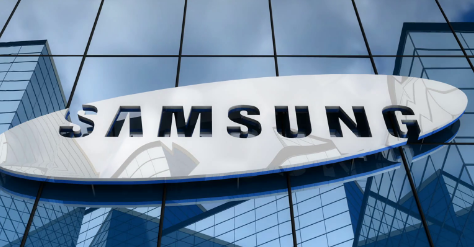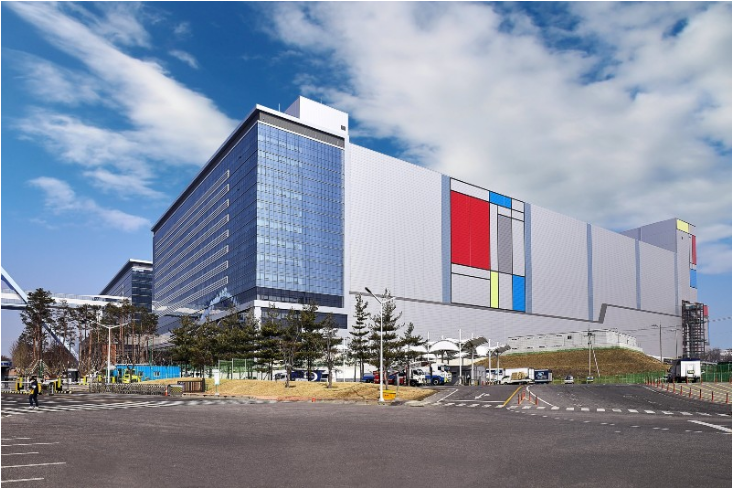Samsung in Production of Second-gen 10nm DRAM
South Korea's Samsung Electronics said it has commenced production of the second generation of its 10nm-class 8-Gb DDR4 DRAM. The chips achieve speeds of up to 3,600 megabits per second (Mbps) and are produced without the need for extreme ultraviolet (EUV) lithography.
Gyoyoung Jin, president of Samsung's memory business, said through a press statement that new technologies in DRAM circuit design and process technology enabled Samsung to break through "a major barrier for DRAM scalability." To meet booming market demand, he said Samsung would rapidly ramp up its second-generation 10nm-class DRAM production and also aggressively expand production of the first generation of the chips.
Devices labeled 10nm-class have feature sizes as small as 10 to 19 nanometers.
The market for DRAM chips has been robust all year, as demand growth has outstripped supply and led to continual price increases. According to market research firm IC Insights, the DRAM market will grow by 74 percent this year, its largest rate of expansion since 1994.
Samsung is planning to begin transitioning to EUV for logic chips next year at the 7nm node, although it is unclear when the technology will be put into production for DRAM. Because of the relative structural simplicity of DRAM cells, it is generally accepted that it will require EUV later than other types of devices.
Samsung said it is able to produce second-generation 10nm-class DRAMs that achieve speed, performance and efficiency advantages over first-generation devices by employing advanced techniques, including a high-sensitivity cell data sensing system and a progressive “air spacer” scheme.
The data sensing system enables a more accurate determination of the data stored in each cell, increasing the level of circuit integration and manufacturing productivity, Samsung said. Meanwhile, placing an air spacer around bit lines decreases parasitic capacitance, enabling a higher level of scaling and rapid cell operation, according to the company.
Samsung claims its second-generation 10nm-class 8Gb DRAM boasts about 30 percent better productivity than the first generation of the chips, while also offering performance and energy efficiency advantages of 15 and 10 percent, respectively. The new devices can operate at 3,600 Mbps per pin, up from about 3,200 Mbps for the first-generation chips, which have been in production since 2016.
The innovations used in the second-generation 10nm-class DRAMs will enable Samsung to accelerate its plans for faster introductions of future DRAM chips, including DDR5, HBM3, LPDDR5 and GDDR6, the company said.
在线留言询价

Samsung cuts NAND flash memory production

Samsung is developing next-generation memory chips for large-scale AI applications such as ChatGPT
- 一周热料
- 紧缺物料秒杀
| 型号 | 品牌 | 询价 |
|---|---|---|
| MC33074DR2G | onsemi | |
| BD71847AMWV-E2 | ROHM Semiconductor | |
| TL431ACLPR | Texas Instruments | |
| CDZVT2R20B | ROHM Semiconductor | |
| RB751G-40T2R | ROHM Semiconductor |
| 型号 | 品牌 | 抢购 |
|---|---|---|
| BU33JA2MNVX-CTL | ROHM Semiconductor | |
| STM32F429IGT6 | STMicroelectronics | |
| BP3621 | ROHM Semiconductor | |
| IPZ40N04S5L4R8ATMA1 | Infineon Technologies | |
| ESR03EZPJ151 | ROHM Semiconductor | |
| TPS63050YFFR | Texas Instruments |
AMEYA360公众号二维码
识别二维码,即可关注


![[News] Samsung Fails to Secure Qualcomm’s 3nm Orders for the Coming Year, Dual Foundry Strategy Postponed [News] Samsung Fails to Secure Qualcomm’s 3nm Orders for the Coming Year, Dual Foundry Strategy Postponed](https://res.ameya360.com//basedata/oldassets/images/20231201/20231201145007_507.png)























